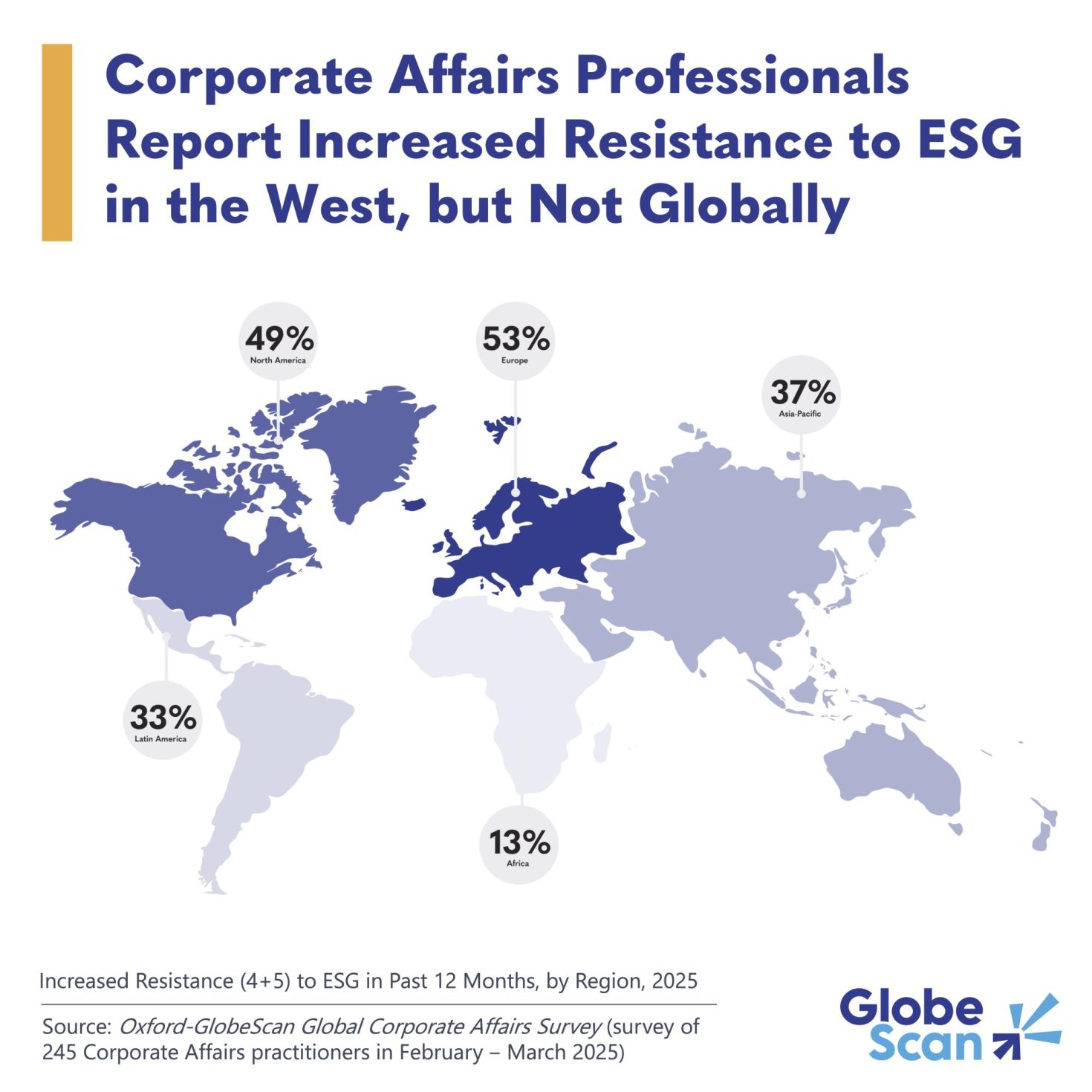What Are Healthcare’s Most Pressing Revenue Integrity Issues in the Remote Work Era?
The following is a guest article by Tanya Sanderson, Senior Director of Revenue Integrity at Xsolis With more and more organizations merging for scale and sustainability, revenue cycle teams are being centralized, taking these critical personnel further away from physicians at the bedside. Remote teams are finding it harder than ever to collaborate with clinicians […]

The following is a guest article by Tanya Sanderson, Senior Director of Revenue Integrity at Xsolis
With more and more organizations merging for scale and sustainability, revenue cycle teams are being centralized, taking these critical personnel further away from physicians at the bedside. Remote teams are finding it harder than ever to collaborate with clinicians on critical functions.
Simultaneously, more revenue cycle functions are being automated as robotic process automation and generative AI evolves. With fewer administrative personnel in general — and even fewer on-site with clinical teams — the days of doctors, nursing leaders, and revenue cycle managers discussing their shared concerns in person are fading into the sepia-toned past.
How can hospitals and health systems focus on the most pressing revenue integrity issues in the present, while their legacy business model transitions into the future?
Which Major Issues are Falling Through the Cracks?
Denials are a major issue for hospitals and health systems. A survey of 516 hospitals that offered their 2022 claims data showed that providers spend $19.7 billion a year just to adjudicate with payers.
Besides controlling these costs, CFOs must be mindful of expediting the approval process. Age of accounts receivable is an important KPI. According to the 2022 survey, more than half (54.3 percent) of denials by private payers were ultimately overturned and the claims paid, but only after multiple costly rounds of provider appeals.
One of the more costly issues is proper billing and reimbursement of patient status. Providers and payers must both be aligned on outpatient vs. inpatient status before payment can occur. Misclassifying an inpatient claim as an outpatient claim can result in revenue loss for the provider, for example, but both parties must have the critical documentation and decision support necessary to ensure the appropriate level of reimbursement. Just as important is the alignment between clinical providers and their backend revenue cycle teams who are managing the backend denials that occur between providers and payers. This too can create rework, lost revenue, and unexpected internal friction.
Understanding the “Why”
When remote work makes a collaborative atmosphere more difficult to attain, blame arises between teams — mid-revenue cycle (UM, UR), backend revenue cycle, and revenue integrity — that ultimately share the same goal. This is, in part, a function of the inherently siloed nature of remote work. Another factor is the time constraints brought on by workforce reduction measures. Teams are focused on what functions they can build into their EHR more than the “why” behind each action they perform.
Communication between revenue cycle managers and the clinicians who understand what’s happening with each patient is critical to reducing denials and speeding up time to approval. CFOs, physician advisors, and other leaders might have to take an extra step to facilitate communication between teams who lack the time, the relationships, or the knowledge to understand the “why.”
The Role of AI
The role of AI in determining outpatient medical necessity and prior authorization has received the majority of the media focus. Less attention has been paid to inpatient medical necessity and concurrent authorization. Medicare does not require a concurrent authorization, making it an often overlooked space. Reporters following public policy decisions that govern the healthcare industry — and where the money is going — have simply had more to write about prior authorization.
Yet, by not optimizing AI tools for expediting inpatient medical necessity decisions, it leaves room for less efficient workflows and potential revenue loss. When it comes to inpatient medical necessity, what we see in the industry is that even a 2% denial rate can tie up 60% of revenue on the back end. The industry average of medical necessity denials is probably closer to 5%, translating to an even deeper impact on financial performance.
AI holds a tremendous opportunity to solve for this overlooked area by increasing inpatient appropriate reimbursement while decreasing the negative impacts from denials and audit risk. Integrating AI into existing workflows can reduce the burden on revenue cycle managers, potentially freeing their schedule for the critical communication that’s lost when their teams shift off-site.
Not every AI innovation is a panacea, but when deployed strategically, it can be a welcome addition to the modern revenue cycle toolkit.
 About Tanya Sanderson
About Tanya Sanderson
Tanya Sanderson is the Senior Director of Revenue Integrity with Xsolis, the AI-driven health technology company that enables collaboration between healthcare providers and payers.





















































































































































